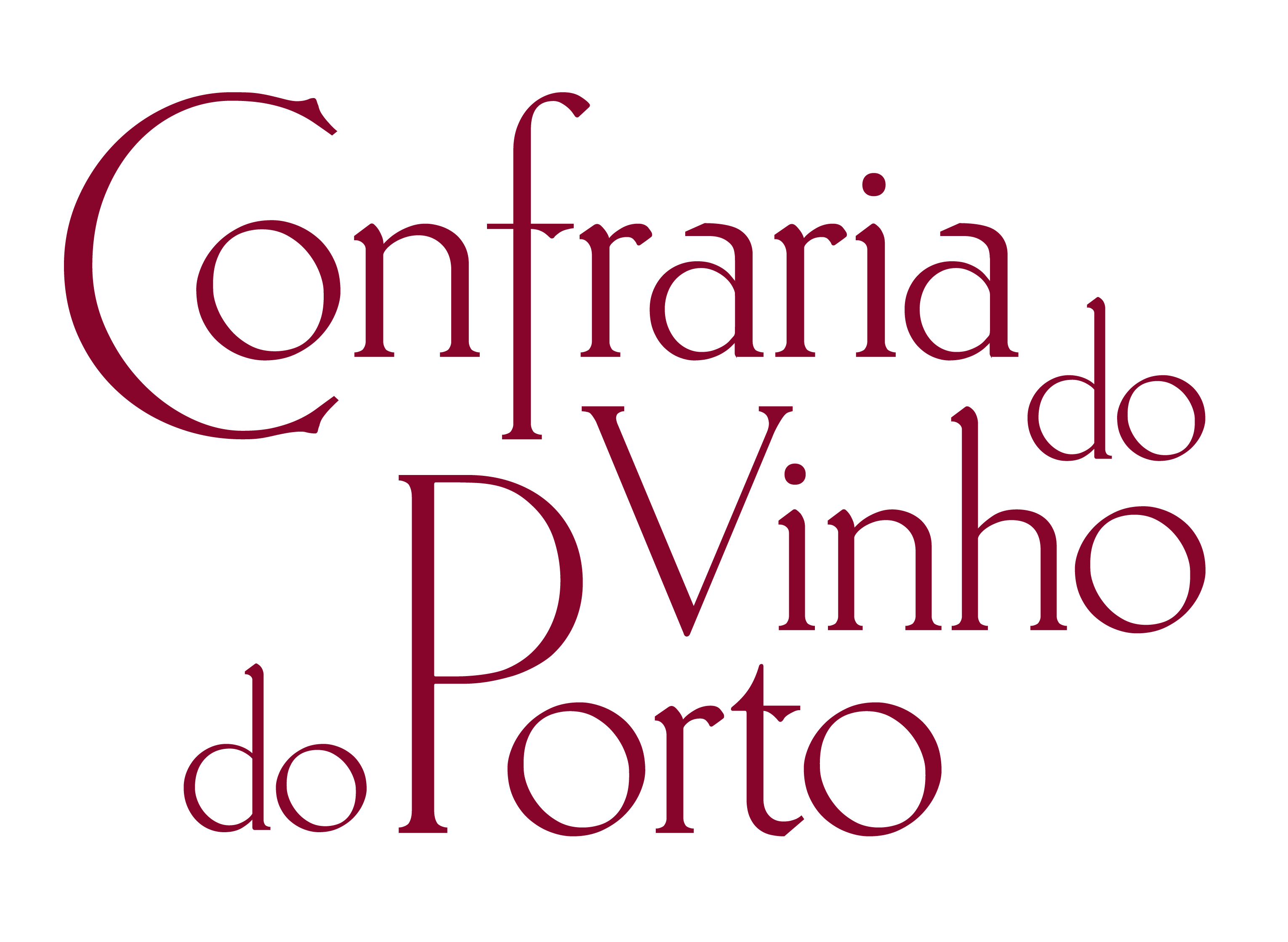
Before I launch into my topic, an admission: I’ve spent the past three decades working in beers, wines and spirits. Not wines, not fortifieds, but across a whole range of alcoholic revelations. I spent the 2000s bobbing between Gaia and Pinhão and Lisbon, but I’ve spent as much time in Speyside and far flung craft breweries as I have in the Douro. This means I still look at Port wines like an outsider.
As recently as 2000 the sales of Port were predominantly rubies and tawnies at a time when the spirits industry had just experienced a decade of explosive innovation. Whilst mainstream whisky drinkers were discussing the relative merits of 12, 15 and 18 year old expressions, the majority of Port drinkers were still drinking wines under 10 years old. Port was niche within the wine business, and ultraniche within the overall BWS industry.
So the time was ripe for liquid innovation, which would also require drinker education and reinvigoration of the whole sector.
We saw Sandeman Vau Vintage, Warre’s Otima, and then a flurry of novel ideas. Next a whole generation of Aged White Portos were released onto the market.
Roll forward to April 2010 and M&S launches Pink Port. At the time Guy Woodward described the flavour as “more like vodka and cranberry juice than a typical port”. I suspect Guy didn’t spend the 90s drinking vodka and cranberry unlike me — there is zero similarity. No surprise then that rosé Portos began appearing from other brands following Taylor’s lead.
The decade previous to this one was when cocktails went from recondite to mainstream. Port inevitably followed the trend. By 2022 every decent cocktail list has recipes including ruby, tawny or white. We even have port and tonic in slimcans – white and pink.
Crazily, in 2022, quantitative data agencies only identify only two “types” of Port Wine: Tawny & Ruby. Not even White! But now changing up gears has to happen again. What might that mean?
- Is it about a new colour – will Port Wine adopt Orange from the wine industry?
- Is it about format – will we see multiserve cocktails in glass bottles?
- Is it about the ontrade – can Port produce the next Apérol?
First of all we need to define what Port’s innovation spectrum is. Port can’t be too far ahead of the curve, but nor can it afford to be too far behind. The biggest new trend is No/Lo and mindful drinks – how on earth does Port fit in? Or does Port sidestep that trend and look to ride the next one – what happens next?
There is so much potential in this finest and painfully undervalued wine. It is always time to step up and change gears. Perhaps the biggest story of this decade will be sustainability and net zero – that is where Port can win, and win hands down. Let’s hope so. But what does that mean in reality? Isn’t every wine brand all natural and “giving back to nature already”? Well no. NetZero is a competitive advantage, and it’s measurable. It can be achieved on so many levels. And then there’s biodiversity and how that can have a seriously positive effect on natural capital (COP15 is just months away).
I may well be biased, but my work in beers, wines and spirits tells me that this is the decade of giving back to nature. The brand which does the most, and communicates that the best, will perform strongest. The port industry can bring millions of drinkers into the category who are desperate to do the right thing, and they will know the pleasure of Port and pass it on to whole new generation of planetary protectors.
Paul Foulkes-Arellano
London, January 2022


